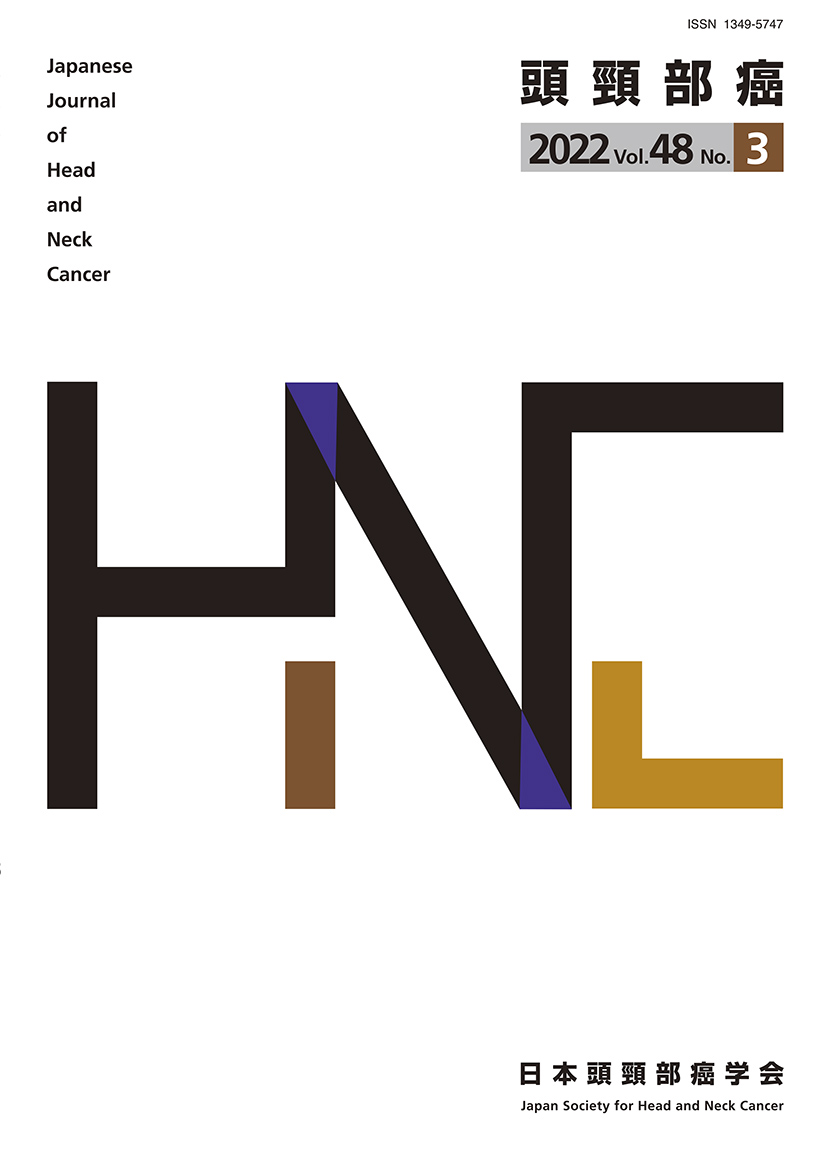Volume 48, Issue 3
Displaying 1-10 of 10 articles from this issue
- |<
- <
- 1
- >
- >|
-
2022 Volume 48 Issue 3 Pages 257-260
Published: 2022
Released on J-STAGE: October 27, 2022
Download PDF (330K)
-
2022 Volume 48 Issue 3 Pages 261-267
Published: 2022
Released on J-STAGE: October 27, 2022
Download PDF (295K) -
2022 Volume 48 Issue 3 Pages 268-273
Published: 2022
Released on J-STAGE: October 27, 2022
Download PDF (694K) -
2022 Volume 48 Issue 3 Pages 274-279
Published: 2022
Released on J-STAGE: October 27, 2022
Download PDF (832K)
-
2022 Volume 48 Issue 3 Pages 280-285
Published: 2022
Released on J-STAGE: October 27, 2022
Download PDF (1640K) -
2022 Volume 48 Issue 3 Pages 286-290
Published: 2022
Released on J-STAGE: October 27, 2022
Download PDF (1064K) -
2022 Volume 48 Issue 3 Pages 291-294
Published: 2022
Released on J-STAGE: October 27, 2022
Download PDF (1105K) -
2022 Volume 48 Issue 3 Pages 295-300
Published: 2022
Released on J-STAGE: October 27, 2022
Download PDF (444K) -
2022 Volume 48 Issue 3 Pages 301-307
Published: 2022
Released on J-STAGE: October 27, 2022
Download PDF (1008K) -
2022 Volume 48 Issue 3 Pages 308-312
Published: 2022
Released on J-STAGE: October 27, 2022
Download PDF (729K)
- |<
- <
- 1
- >
- >|
